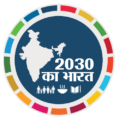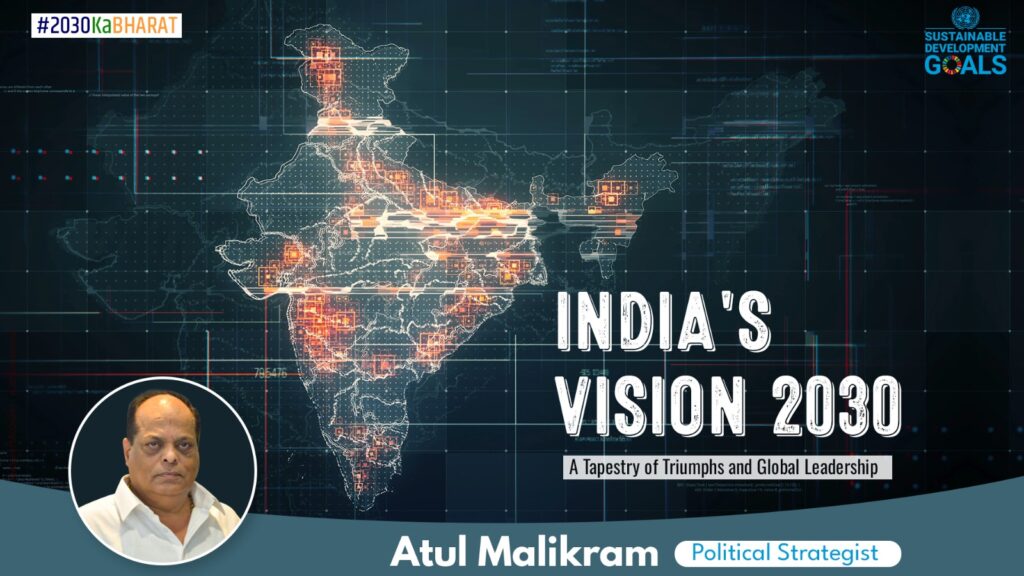Introduction
India, a nation with a rich tapestry of cultures, traditions, and aspirations, is embarking on a transformative journey towards sustainable development. As the world faces unprecedented challenges, India’s Vision 2030 emerges as a beacon of hope, outlining a roadmap for not only triumphs within its borders but also a commitment to global leadership. This article delves into India’s vision, focusing on its Sustainable Development Goals (SDGs) and the strides it is making towards becoming a global leader in sustainable development.
Setting the Stage
India’s Current Socio-Economic Landscape
In the last decade, India has experienced significant economic growth, becoming one of the world’s fastest-growing major economies. According to the World Bank, India’s GDP in 2021 was estimated at 2.87 trillion USD, making it the sixth-largest economy globally. However, this economic growth comes with its challenges, including increasing income inequality and environmental degradation.

Need for Sustainable Development
As the global community grapples with climate change, poverty, and inequality, the importance of sustainable development cannot be overstated. The United Nations introduced the Sustainable Development Goals (SDGs) in 2015, providing a comprehensive framework for addressing these challenges by 2030. India, recognizing the significance of sustainable development, has woven these goals into its Vision 2030, aligning its national agenda with the global aspirations for a better future.
India’s Commitment to Sustainable Development
Overview of India’s Approach to SDGs
India’s commitment to sustainable development is reflected in its comprehensive approach to the SDGs. Spearheaded by the NITI Aayog, the premier policy think tank of the Government of India, the nation has developed strategies that intricately weave these goals into its national agenda.
Alignment with Global Frameworks
In a concerted effort to align with global sustainability frameworks, India has integrated the SDGs into its Five-Year Plans. This ensures a systematic and structured approach to achieving these goals. The commitment goes beyond rhetoric; substantial budgetary allocations for poverty alleviation, healthcare, and education programs underline the seriousness of India’s intent.

Key SDG Targets and Milestones for India
Addressing Poverty and Hunger:
India’s endeavors to eradicate poverty have yielded promising results. According to the World Bank, the percentage of the population living in extreme poverty (earning less than $1.90 a day) decreased from 21.6% in 2011 to 9.2% in 2019. Initiatives like the Pradhan Mantri Jan Dhan Yojana, focusing on financial inclusion, significantly contributed to reducing economic disparities.

Ensuring Quality Education:
India has made significant strides in achieving universal primary education. Programs like the Sarva Shiksha Abhiyan have increased school enrollment and improved literacy rates. UNESCO reports that India’s literacy rate increased from 64.8% in 2001 to 77.7% in 2019. Challenges persist in ensuring the quality of education and access to higher education, demanding continued attention.
Promoting Gender Equality:
Gender equality is a cornerstone of India’s sustainable development vision. The Beti Bachao, Beti Padhao initiative addresses gender-based discrimination and skewed sex ratios. While progress is evident, the Gender Inequality Index (GII) 2021 ranks India at 124 out of 162 countries, emphasizing the need for sustained efforts.

Sustainable Urbanization and Infrastructure Development:
India’s rapid urbanization presents challenges and opportunities for sustainable development. Initiatives like the Smart Cities Mission and AMRUT focus on creating livable and sustainable urban spaces. The ambitious target of achieving 175 GW of renewable energy capacity by 2022 aligns with SDG 7 (Affordable and Clean Energy) and SDG 11 (Sustainable Cities and Communities).
Triumphs on the Road to 2030
Highlighting Successful Initiatives
India’s journey towards sustainable development is marked by noteworthy triumphs, showcasing the efficacy of targeted initiatives. One such triumph is exemplified by the Swachh Bharat Abhiyan (Clean India Mission), launched in 2014. This nationwide campaign, with a focus on sanitation and hygiene, has made significant strides in improving access to toilets and reducing open defecation. As a result, India achieved its Open Defecation Free (ODF) status in rural areas in 2019, a remarkable feat that contributes to the realization of SDG 6 (Clean Water and Sanitation).
Another success story lies in India’s renewable energy sector. The country has emerged as a global leader in renewable energy adoption, with ambitious targets for solar and wind energy capacity. The International Energy Agency (IEA) reported that India’s renewable capacity additions in 2021 ranked second globally, demonstrating a commitment to SDG 7 (Affordable and Clean Energy).
Public-Private Partnerships and Collaborations
Integral to India’s sustainable development narrative is the synergy between the public and private sectors. The government’s policies provide a conducive environment for private enterprises to actively contribute to achieving SDGs. For instance, the Corporate Social Responsibility (CSR) mandate requires companies to allocate a portion of their profits to social development initiatives.
Public-private collaborations are evident in initiatives like the National Skill Development Mission, where the government partners with industry players to enhance the employability of the workforce. Additionally, partnerships with international organizations and NGOs amplify the impact of initiatives. For example, the Ujjwala Yojana, a scheme providing free LPG connections to below-poverty-line households, received support from international organizations, reinforcing the collaborative approach towards SDG 1 (No Poverty).
Progress in Specific SDGs
Clean Energy and Environmental Sustainability:
India’s commitment to clean energy is reflected in its pledge to achieve 40% of its total energy capacity from renewables by 2030. The country has made significant progress in solar energy adoption, with the International Renewable Energy Agency (IRENA) reporting that India’s solar capacity increased by 227% from 2019 to 2021.
On the environmental front, India’s efforts to combat air pollution, particularly in metropolitan areas, have gained momentum. The National Clean Air Program (NCAP) aims to reduce particulate matter levels in 102 cities, contributing to SDG 13 (Climate Action).
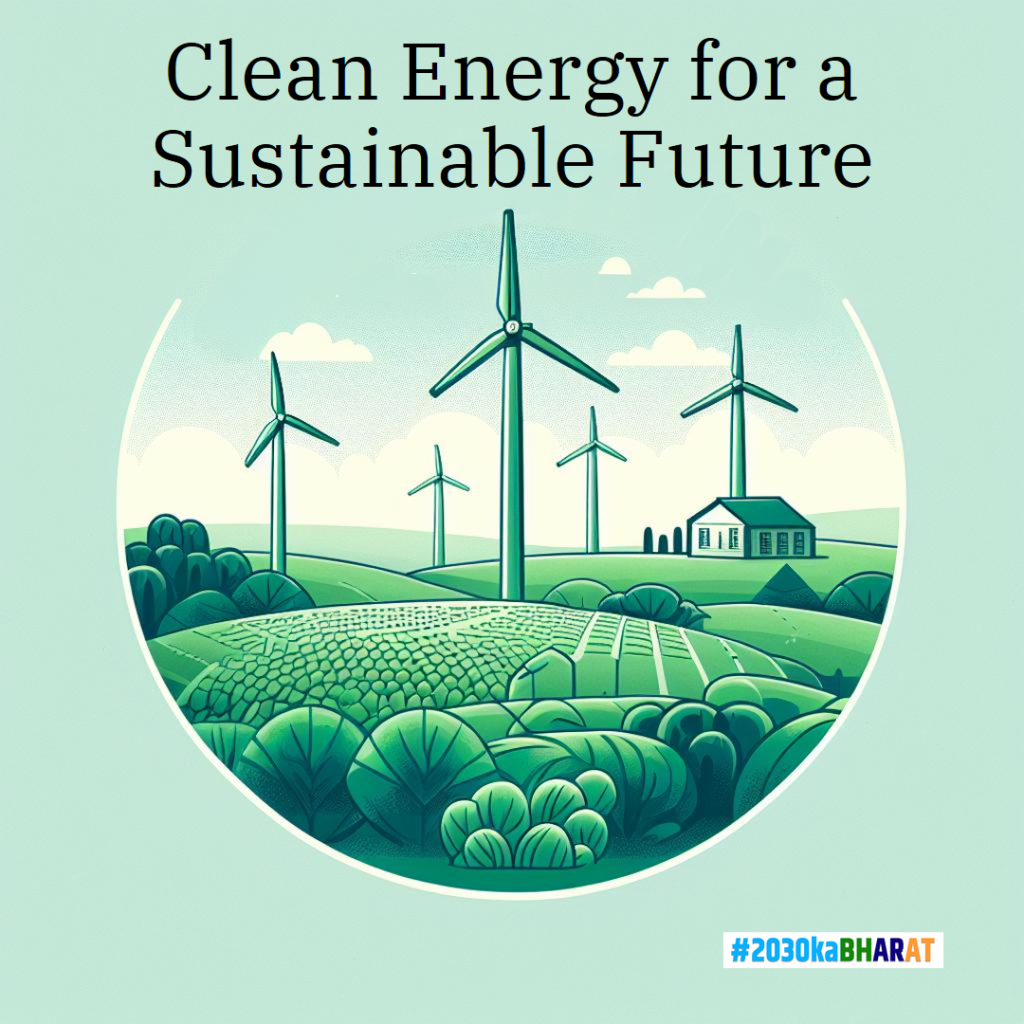
Good Health and Well-being:
India’s health sector has seen transformative initiatives, with the Ayushman Bharat Pradhan Mantri Jan Arogya Yojana providing financial protection to over 100 million vulnerable families. The program, often touted as the world’s largest health insurance scheme, aligns with SDG 3 (Good Health and Well-being). The COVID-19 pandemic also spurred India’s focus on healthcare infrastructure, leading to increased investments in the health sector.
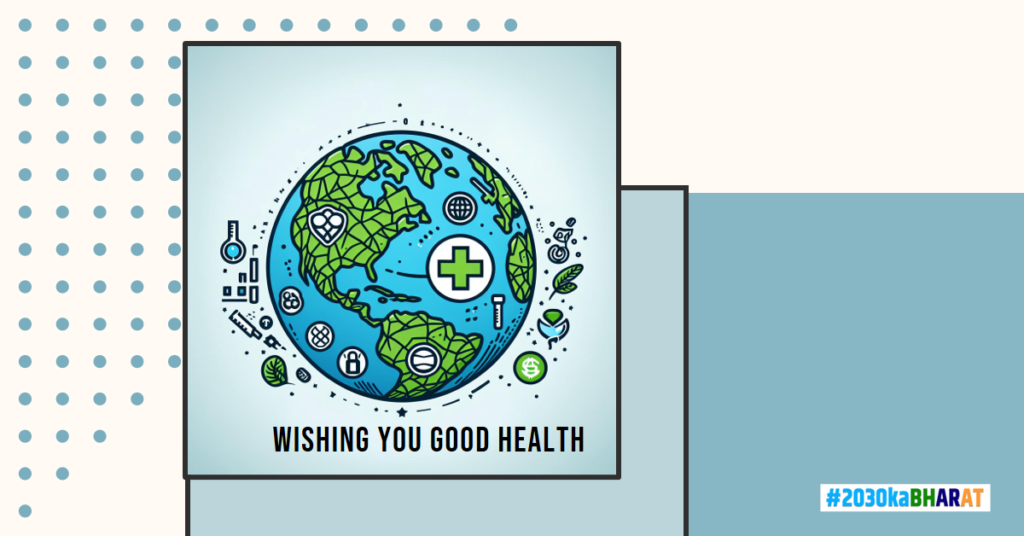
Challenges and Strategies Identification of Key Challenges
While India’s progress towards sustainable development is commendable, several challenges persist on this transformative journey. Addressing these challenges is crucial for ensuring that no one is left behind in the pursuit of the SDGs.
Environmental Concerns:
India faces environmental challenges, including deforestation, air and water pollution, and biodiversity loss. Rapid urbanization and industrialization contribute to these issues. The State of India’s Environment 2021 report highlighted the urgency of addressing these concerns, emphasizing the need for sustainable practices across sectors.
Social and Economic Disparities:
Despite progress in poverty reduction, significant disparities persist. Rural-urban divides, gender-based inequalities, and regional imbalances pose obstacles to achieving inclusive development. Bridging these gaps requires targeted policies and interventions to ensure that the benefits of economic growth reach all segments of society.
Governmental and Societal Responses
Policy Adjustments and Innovations:
To tackle environmental challenges, the Indian government has introduced policies and initiatives to promote sustainable practices. The National Clean Air Program (NCAP) aims to improve air quality in urban areas, addressing the challenge of air pollution. Similarly, the Jal Jeevan Mission focuses on providing clean water to rural households, contributing to SDG 6 (Clean Water and Sanitation).
In the wake of the COVID-19 pandemic, India has also demonstrated resilience and innovation in the healthcare sector. The adoption of telemedicine, increased healthcare infrastructure investments, and vaccine distribution efforts showcase the adaptability of India’s healthcare system.
Grassroots Movements and Community Involvement:
Sustainable development requires the active participation of communities. Grassroots movements, led by NGOs and community-based organizations, play a crucial role in raising awareness and implementing sustainable practices. The Chipko Movement, for example, has been a symbol of community-led environmental conservation.
Community involvement is also evident in initiatives like the Mahatma Gandhi National Rural Employment Guarantee Act (MGNREGA), which provides rural households with guaranteed employment, contributing to poverty alleviation and rural development.
India’s Global Leadership
Role in International Forums
India has emerged as a key player in global sustainability forums, actively participating in international initiatives aimed at addressing common challenges. The nation’s commitment to environmental stewardship is evident in its role in international agreements and partnerships.
Paris Agreement:
India played a crucial role in the Paris Agreement, a landmark international accord addressing climate change. The nation committed to reducing its carbon intensity and increasing the share of non-fossil fuel-based energy capacity. India’s Intended Nationally Determined Contributions (INDCs) align with its domestic priorities while contributing to global efforts to limit global temperature rise.
International Solar Alliance (ISA):
In a testament to its leadership in renewable energy, India co-founded the International Solar Alliance (ISA) to promote solar energy and reduce dependence on fossil fuels. The alliance aims to mobilize over a trillion dollars of investment into solar projects by 2030. India’s commitment to the ISA reinforces its dedication to SDG 7 (Affordable and Clean Energy) and positions it as a leader in the global shift towards sustainable energy sources.
India’s Impact on Global SDGs
South-South Cooperation:
India actively engages in South-South cooperation, sharing its development experiences and best practices with other developing nations. Through initiatives like the Indian Technical and Economic Cooperation (ITEC) program, India provides training and capacity-building programs to partner countries. This collaborative approach supports SDG 17 (Partnerships for the Goals) and fosters a sense of shared responsibility in achieving global objectives.
Humanitarian Assistance and Disaster Relief:
India’s leadership extends to humanitarian assistance and disaster relief efforts. The country has been at the forefront of providing assistance during natural disasters, both within the region and globally. Such contributions align with the spirit of SDG 1 (No Poverty) and SDG 11 (Sustainable Cities and Communities), emphasizing the importance of resilient and inclusive communities.
Future Outlook Vision for India in 2030
As India progresses towards 2030, the vision is one of inclusive and sustainable development, where the triumphs achieved thus far serve as stepping stones for even greater accomplishments. The government’s commitment to achieving the SDGs is unwavering, and strategic planning continues to evolve to address emerging challenges.
Anticipated Achievements in SDGs:
India envisions substantial progress in achieving its SDGs by 2030. Building on the successes in poverty reduction, education, healthcare, and environmental sustainability, the nation aims to further elevate living standards, enhance social equity, and ensure environmental resilience.
The adoption of technology and innovation is expected to play a pivotal role in achieving these goals. Digital initiatives for governance, education, and healthcare are anticipated to contribute significantly to enhancing efficiency and inclusivity.
Continued Efforts for Global Leadership:
India’s commitment to global leadership in sustainable development extends beyond its borders. The nation will likely continue playing a pivotal role in international forums, fostering collaborations, and sharing its development experiences with the global community.
Participation in initiatives like the United Nations Development Programme (UNDP) and continued collaboration within the framework of the Sustainable Development Solutions Network (SDSN) reaffirms India’s dedication to being a proactive contributor to global sustainable development.
India’s journey towards Vision 2030, encapsulated within the framework of the SDGs, represents a tapestry of triumphs and a testament to the nation’s aspirations for global leadership. From addressing poverty and hunger to promoting gender equality, sustainable urbanization, and environmental stewardship, India’s multifaceted approach stands as a model for other nations.
While challenges persist, the innovative policy measures and grassroots movements showcase India’s resilience. The nation’s commitment to international collaborations, whether in climate agreements or solar alliances, underscores its role as a responsible global citizen.
As India strides towards 2030, the vision is not just about achieving numerical targets but about fostering a sustainable and equitable future for all. The tapestry being woven is one of inclusivity, innovation, and collaboration, where each thread contributes to the intricate design of a world that balances progress with compassion, development with sustainability, and leadership with shared responsibility.
In the coming years, as India continues its pursuit of global leadership, the world watches with anticipation, recognizing that the triumphs achieved on this journey have implications far beyond national borders, shaping the narrative of a collective global future.
Monitoring Progress and Adaptability
Ensuring the realization of India’s ambitious Vision 2030 requires robust monitoring mechanisms and adaptability. The government’s commitment to data-driven decision-making is evident in the regular assessment of progress against set targets. Periodic reviews, supported by data analytics, enable course corrections and the reallocation of resources to areas that require intensified efforts.
Technological Leapfrogging for Sustainable Solutions
In the pursuit of sustainable development, India is leveraging technology as a catalyst for change. The widespread adoption of digital solutions, such as the Aadhaar biometric identification system and the Unified Payments Interface (UPI), not only enhances governance efficiency but also fosters financial inclusion, contributing to SDG 9 (Industry, Innovation, and Infrastructure).
Additionally, emerging technologies like artificial intelligence and blockchain are being explored to address complex challenges. These innovations have the potential to revolutionize sectors such as healthcare, agriculture, and education, offering sustainable solutions for a rapidly evolving society.
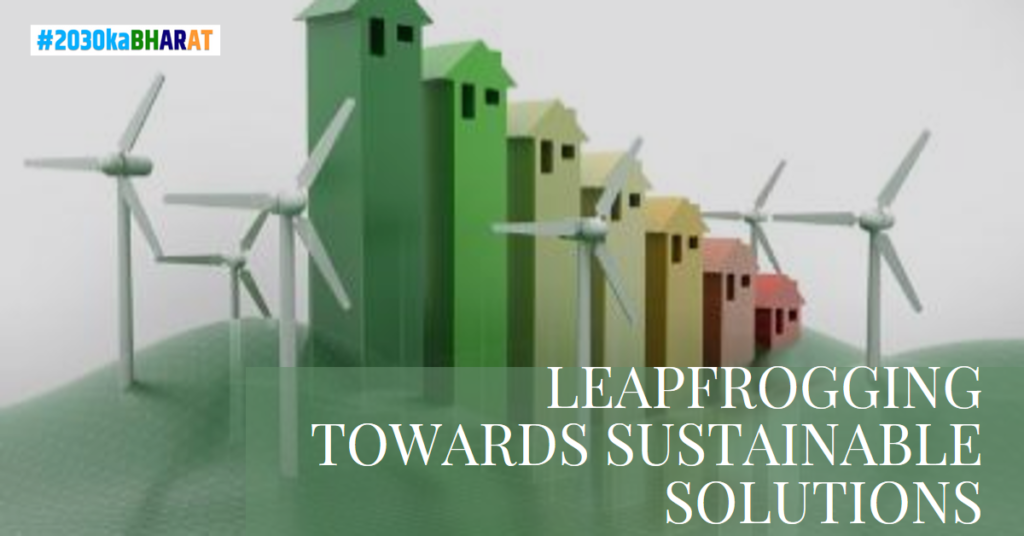
Building Resilience in the Face of Uncertainties
As India navigates the path towards 2030, building resilience is a key component of its strategy. The global landscape is marked by uncertainties, from the impacts of climate change to unforeseen pandemics. India’s approach includes investments in climate-resilient infrastructure, disaster preparedness, and healthcare systems capable of responding swiftly to emerging health challenges.
Citizen Engagement and Social Cohesion
Sustainable development is inherently linked to the engagement and well-being of citizens. Initiatives promoting civic participation, awareness, and education play a pivotal role in ensuring that the benefits of development reach all segments of society. Strengthening social cohesion and fostering a sense of shared responsibility contribute not only to achieving SDGs but also to building a more inclusive and harmonious society.
International Collaborations for Global Impact
India’s commitment to sustainable development extends globally through partnerships and collaborations. Recognizing that many challenges transcend national borders, India actively engages in international forums to address shared concerns.
Global Health Initiatives:
In the realm of health, India’s pharmaceutical industry plays a crucial role in global public health. The nation has been a proponent of affordable healthcare solutions and has contributed significantly to the production of generic medicines. Through collaborations with international organizations like the World Health Organization (WHO), India continues to be a key player in addressing global health challenges.
Peacekeeping and Diplomacy:
India’s contributions to United Nations peacekeeping missions underscore its commitment to global stability. With a history of active participation in peacekeeping operations, India contributes not only military personnel but also shares its experiences in post-conflict reconstruction and development. This aligns with SDG 16 (Peace, Justice, and Strong Institutions).
Digital Diplomacy and Soft Power:
In an era of digital connectivity, India leverages technology for diplomatic outreach. The use of digital platforms and social media enhances the country’s soft power, enabling it to engage with a global audience. Digital diplomacy facilitates the exchange of ideas, cultural understanding, and collaborative efforts towards achieving common goals outlined in the SDGs.
Global Climate Leadership:
As a climate-conscious nation, India’s commitment to addressing climate change is evident in its active participation in international climate agreements. Beyond the Paris Agreement, India collaborates with nations, businesses, and organizations to advance climate resilience and sustainable practices. The International Solar Alliance (ISA) is a testament to India’s leadership in promoting renewable energy solutions globally.
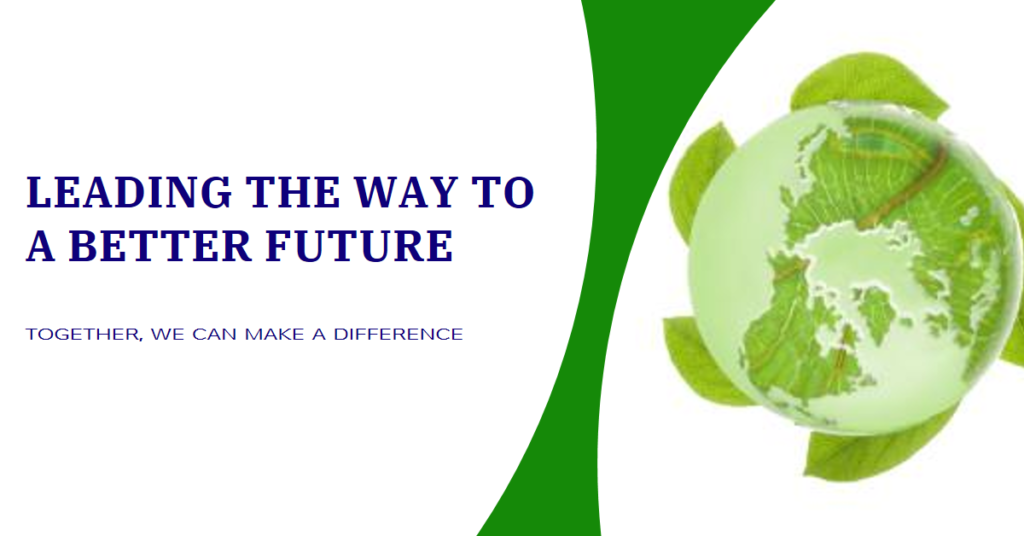
Towards a Sustainable and Equitable World
In conclusion, India’s journey towards Vision 2030 encapsulates not just national aspirations but a broader commitment to global well-being. The tapestry woven by India is not limited by geographical boundaries; it extends its influence and contributions across continents.
As the nation strives towards achieving the SDGs, it recognizes the interconnectedness of global challenges and the importance of collective action. India’s model of sustainable development, rooted in inclusivity, innovation, and collaboration, serves as an inspiration for nations grappling with similar issues.
In the years leading to 2030, India’s role as a global leader in sustainable development will continue to evolve. The challenges may be formidable, but India’s resilience, adaptability, and commitment to shared prosperity position it as a key player in shaping a sustainable and equitable world.
Here are some potential sources that you can explore for the specific data mentioned in the article:
- World Bank: For GDP figures, poverty rates, and other economic indicators.
- Website: World Bank
- Global Hunger Index (GHI): For hunger-related statistics.
- Website: Global Hunger Index
- UNESCO Institute for Statistics: For literacy rates and education-related statistics.
- Website: UNESCO Institute for Statistics
- International Energy Agency (IEA): For information on renewable energy capacities.
- Website: IEA
- International Renewable Energy Agency (IRENA): For data on renewable energy.
- Website: IRENA
- State of India’s Environment Report: For environmental statistics.
- Website: Centre for Science and Environment
- Global Reports on Sustainable Development Goals: For updates on global progress.
- Website: UN Sustainable Development Goals
- United Nations Development Programme (UNDP): For information on global development initiatives.
- Website: UNDP
- Sustainable Development Solutions Network (SDSN): For data on sustainable development.
- Website: SDSN
- Government of India Reports: Check official reports and publications for detailed national statistics.
